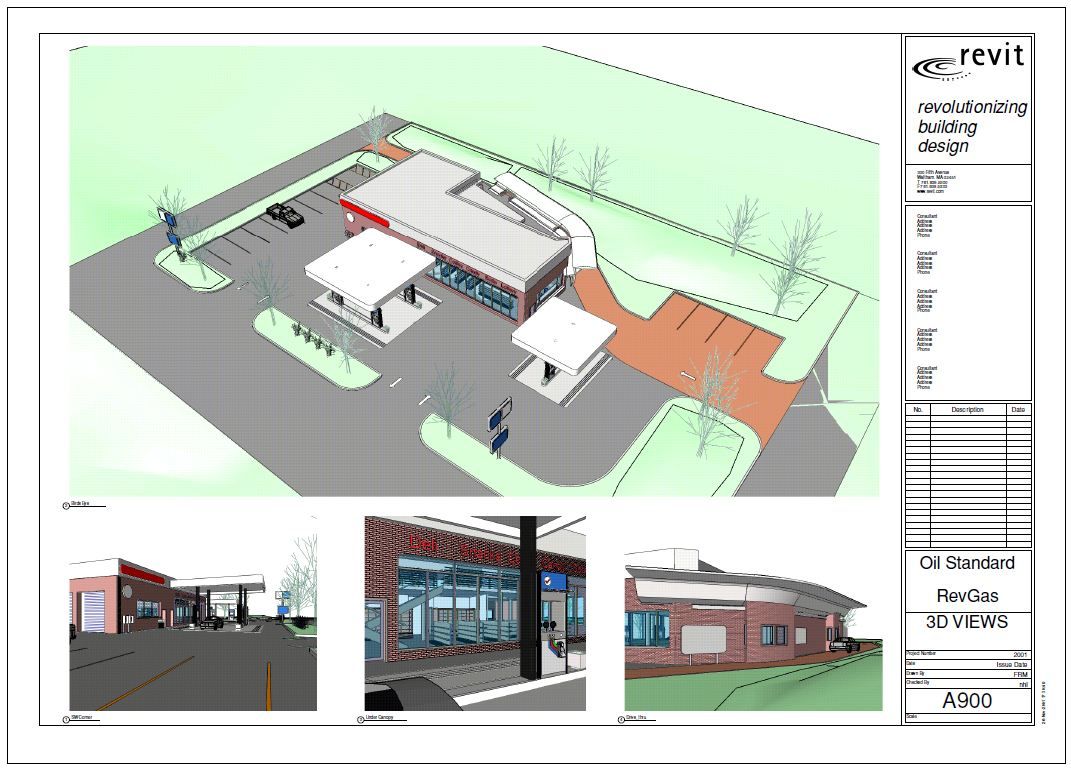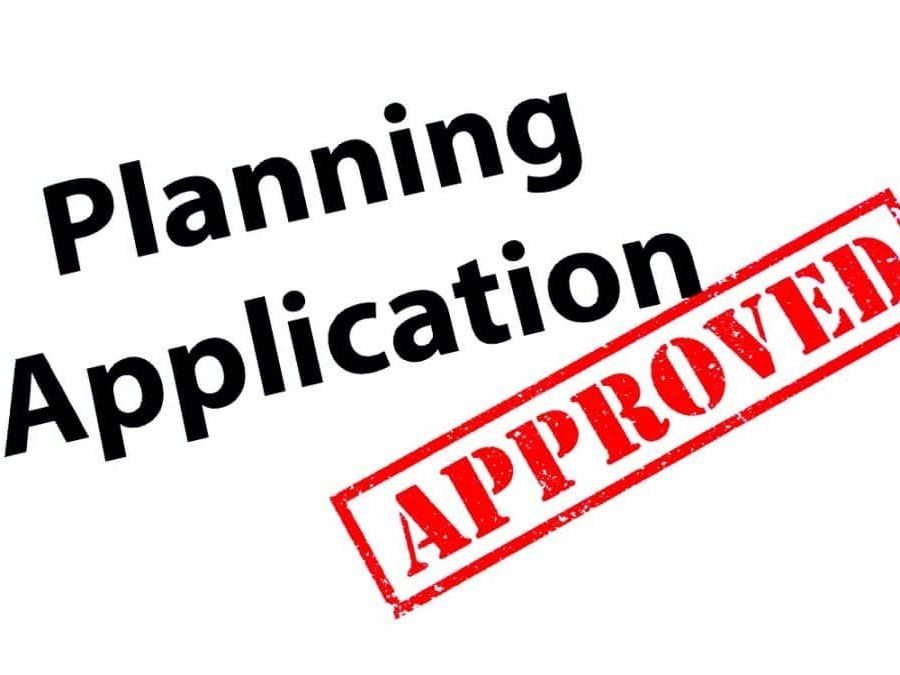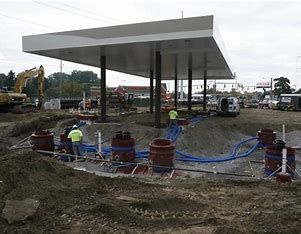
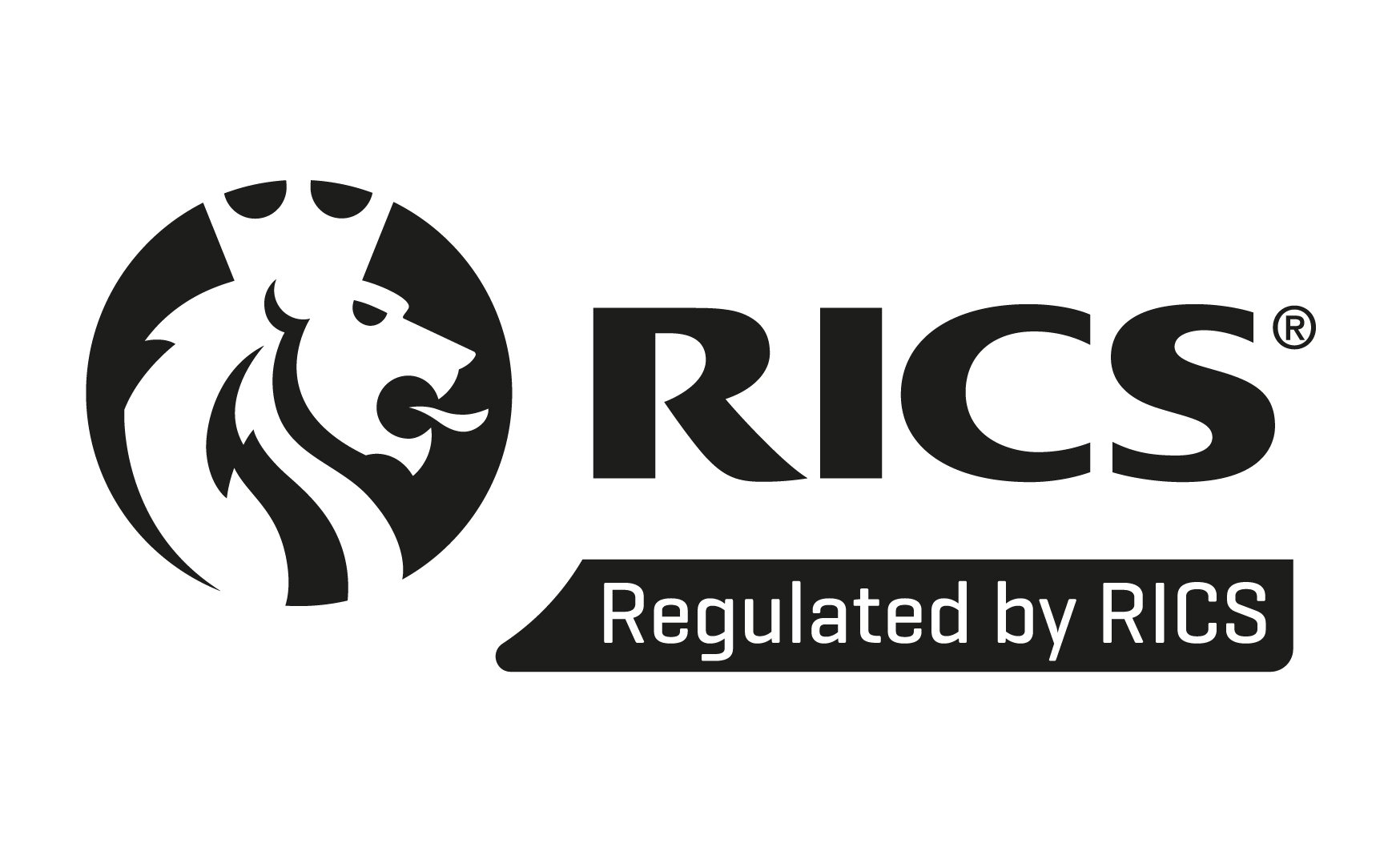
Mitigating Project Risks
Developing a site involves many challenges and uncertainties.
We answer the questions you might have at each stage of the process to give your project the best chance of being delivered:
- when you want it
- at the price you expect
- meeting your design expectations
If you can't find the answer to your question below, please contact us, and we can discuss it with you.
What should we do to address risks during Pre-Construction?
Frequently asked questions
Concept
-
What types of risks should I be thinking about?
A project risk describes anything that could impact the success of the project.
Risks include factors which could affect the ability to :
- complete the project by the time you expect to
- keep the project within budget
- achieve the design intent / ambition you have for the project
- operate a safe and compliant facility
Our team has extensive experience at early stage and cost effective feasibility assessment which help to identify the key project considerations early, so you can plan for them, and set reallistic expectations.
-
How do I investigate these issues upfront?
We recommend starting with a desktop appraisal of the key matters.
Over the years we have found that these can be readily investigated and assessed if you know where to look for the info and how to collate it and then to make sense of it.
We offer a very cost effective Desktop Feasibility Assessment service which has informed many go / no-go decisions over the years,
The assessment covers such issues including: traffic, the environment, access, utilities, planning, utilities, drainage, geotechnical, ecology, building regulations and design.
-
Is the project feasible?
This is a really crucial thing to get right.
It is often said that projects "always go over budget" or "always take longer than expected".
We disagree.
It is very true to say that an ill-conceived project will often go over budget and take much longer than expected, but, a well planned project based on a clear early feasibility assessment can regularly be expected to be delivered successfully on time and budget.
One of the very first things we would seek to do with you is to have a candid discussion about what is feasible to deliver, and we base these discussions on a factual feasibilty assessment, considering both the site itself as well as the wider economic and supplier availability and capabilities.
-
What types of surveys and reports do I need?
The more upfront information you can gather, the better informed and prepared you will be when making early decisions about whether to proceed, and, how to develop your concept design through to a workable and viable proposition.
We can select and administer the appropriate reports and surveys for you, so that you spend money wisely on the information that you need, at the appropriate time.
Consultancy costs can quickly rack up if not managed carefully, and we have the experience to be able to select the right studies when necessary.
This can save a lot of upfront cost when done strategically.
Some of the types of surveys or reports which may be necesary can include:
- Flood risk assessment
- Ecology surveys
- Planning enquiries
- Geotechnical
- Utiltities
Design
-
What consultants should I be appointing?
You will need to appoint different consultants at different stages of the project.
From the very early days it makes sense to appoint an experienced "Client's Lead" or "Clients Project Manager" who can coordinate and guide the appropriate appointments.
For design, the following consultants are usually required:
Lead Architect - to develop the overall scheme and control the aesthetic and cohesion of the design. They can also act as Principal Design for CDM and if required for Building Regulations.
Structural Engineer - to provie detailed engineering calculations for excavations and buildings.
Landscape Designer - to identify how the scheme will complement the natural surroundings.
Technical Designers - To detail any system specific requirements, such as fuel systems, retail shop designs, valeting systems or building services such as lighting, refrigeration or heating.
Your "Client's Project Manager is an important early appointment and can help to identify which desingers are required and when.
Cost consultants can also be engaged to provide early feedback on the likely required budget for your project.
-
How much detail is needed in the designs?
The level of detail in the design increases as the project proceeds.
At the very early stages the emphasis is on a high level concept to test what will work from a strategic perspective, and to understand the costs at an elemental level.
Once you have established a feasible project plan and affordable budget, then you can be confident to spend money to develop more detail.
As you proceed toward first planning application, and then through contract tender stages, the amount of detail increases significantly, and not surprisingly, you will incur costs as you do so.
The more detail in the design, the more likelihood that issues will be thought through early, identifying any issues and addressing challenges before actual works commence or adverse decisions are taken.
-
Will decisions made now affect the outturn cost?
In a word,
YES.
Early decisions usually have the largest impact on out-turn cost, and are a common conundrum.
This is why getting good advice from the outset and following a structured approach to design, cost and risk management is very important.
Some of the earliest decisions which set the trajectory of the project can be significant and very difficult to change later, without significant disruption, delay and cost. Good early decisions can avoid confusion and rework further into a project.
-
What design choices can reduce programme risks?
Reducing the overall project timescale and especially the construction duration can have many benefits.
That is not to say however, that things should be rushed. Instead concerted and targeted efforts should be made to focus time on a clear strategy and taking actions to de-risk the amount of time it will take to build the scheme.
A shorter and more definitive build programme means less disruption to site operations, a shorter time period before any loans have to be paid back, and usually lower costs.
Design choices can impact on the programmes by identifying:
- simpler construction techniques
- opportunities for pre-fabrication and simpler site fixing
- uncontentious planning submissions,
and many more.
Carrying out detailed designs at an early stage and allowing them to be tendered can provide more programme and cost certainty than including elements of design within works packages, however some works are more suited to a contractor-led design, so deciding your approach and allowing suitable time is important.
Planning
-
Will we need planning permission?
Many projects will require planning permission.
Your Client's Project Lead or Project Manager will be able to assess your project with you and determine what is required.
The planning sprocess is defined, and you will need to follow specific steps. Whilst a planning consultant can help to steer the project through the process, there are no shortcuts to what is a statutory process.
Without planning permission the project should not proceed. Projects that get built without planning permission or which do not reflect the consented scheme can often be forced to be taken down, at great cost and disruption, not to mention a loss of reputation.
-
What are the steps to obtaining planning?
Depending on the size and type of project and the Local Authority, planning consent can involve a simple submission of drawings and supporting documents, or a more detailed process of pre-application correspondence and public consultation. The latter items can increase the time for the planning process considerably but can improve the likelihood of obtaining consent so the specific project characteristics should be considered and advice sought to decide on the most appropriate approach.
A developer should also bear in mind the need to apply for Consent to Advertise / Display for certain types of signage.
-
How do we manage all the different design inputs?
Design coordination requires a firm and experienced hand, following a structured approach.
Ensuring that all of the different components neatly knit together is a skill, which can drastically reduce time and cost risk on a project.
-
How do we discharge planning conditions?
When planning permissions is granted, it is common that the permission comes with certain "planning conditions".
These conditions can range from things which are very easy to resolve, through to matters which impact on the design or use of the premises. A good submission with sufficient supporting details can reduce the number of conditions applied and reduce the impact on design and cost.
It is common that conditions need to be discharged ahead of construction commencement or before beneficial use of the project.
The Client's Project Lead will be able to identify the party in the project team who is best placed to address and resolve each condition, and then it is important to put in place a plan to mitigate these conditions in a timely manner. The longer the conditions remain un-resolved, the longer the risk to the project persists.
How do we manage risk during and after construction?
Frequently asked questions
Procurement
-
How can we be sure the tendered cost is sufficient?
There are a number of ways which this can be achieved.
These can include:
- Benchmarking the project with similar schemes to establish a realistic budget and a detailed cost plan to measure tender responses against.
- A detailed project scoping exercise, to ensure that tender documents are robust.
- Careful and considered review of all tender submissions. Check and double check all submisisons and allow sufficient time for follow up questioning, tendering and programme validation.
-
Who is responsible for the programme?
This very much depends on the form of contract and procurement route chosen.
Many projects in the UK are currently built using a JCT Design & Build contract. In such a contract, the contractor is solely responsible for completing the project by the end date.
This in itself presents the potential for risk to the programme and completion date, which needs to be carefully managed through the tendering and contracting process.
A careful analysis of the realism of the programme prior to award of the contract is required.
This includes checking that the programme is sufficiently detailed and thought through, and, in a practical sequence which takes account of design decisions.
-
How do we make sure we cover everything we need?
In short, by using a professional team who can carefully scope and procure the works.
One of the leading causes of both cost and time risk on a project are the scope gaps between works packages. Another common cause are those items which are not carefully considered at the outset.
Gaps can often become sources of "client delay" or "client design decisions" which give the contractor a reason to claim for either extensions to the build programme or, for extra costs.
Build, Construction or Installation
-
What happens if we find poor ground conditions?
Ground conditions can never be taken for granted on any project. Unexpected ground conditions can be a large source of both time delay and cost increase.
Early site investigation can provide initial indications as to what you may find, and the amount of contingency planning required, and, an appropriate budget allocation.
They also provide important information so that they design of the substructure and drainage can be carefully thought through.
A key milestone for any development project s the point at which you complete the ground work, thereby removing any further impact of the ground.
Contractual responsibility for ground conditions can vary between contracts, and depending on the project, different forms of contract can provide differing levels of certainty for the client.
-
How do we deal with delays to material deliveries?
The first defence is to carefully contract for the responsibility for material deliveries, using standard forms of contract which are moulded to the needs of your project by experienced advisors.
Having a good understanding of where key materials come from is also a developing requirement, especially with potential disruptions to global trade, which can result in all sorts of ripple effects.
Should delays actually occur, then the first point of call is to understand what your contract says on the matter, and to use this constructively.
Increasingly, a positive and consultative approach with the contractor and supplier is required, with effort made upfront to identify potential problem materials, so that the impact of any delays can be mitigated.
Soft Landings - Opening & running your new site
-
What information will we need when the site is handed over to us?
When the contractors and suppliers have left, you will need to be able to operate your site and maintain all of the equipment.
This is why the commissioining process is very important.
As well as having everything switched on and explained, there are also statutory requirements for Operation & Maintenance manuals and other safety documentation, as well as all of the certification required for the various equipment.
For planning approval and building regulations (two separate matters) you will also need to have discharged any conditions and have all relevant building regulations approvals documented by building control.
-
How can we ensure we get trained on all the new equipment?
A commissioning and training process is required.
It is important to ensure that this is provided for in the contract when procuring the project, and that it is clearly scoped out and discussed early with the suppliers.
Relevant site personnel should attend well documented sessions to handover the equipment.
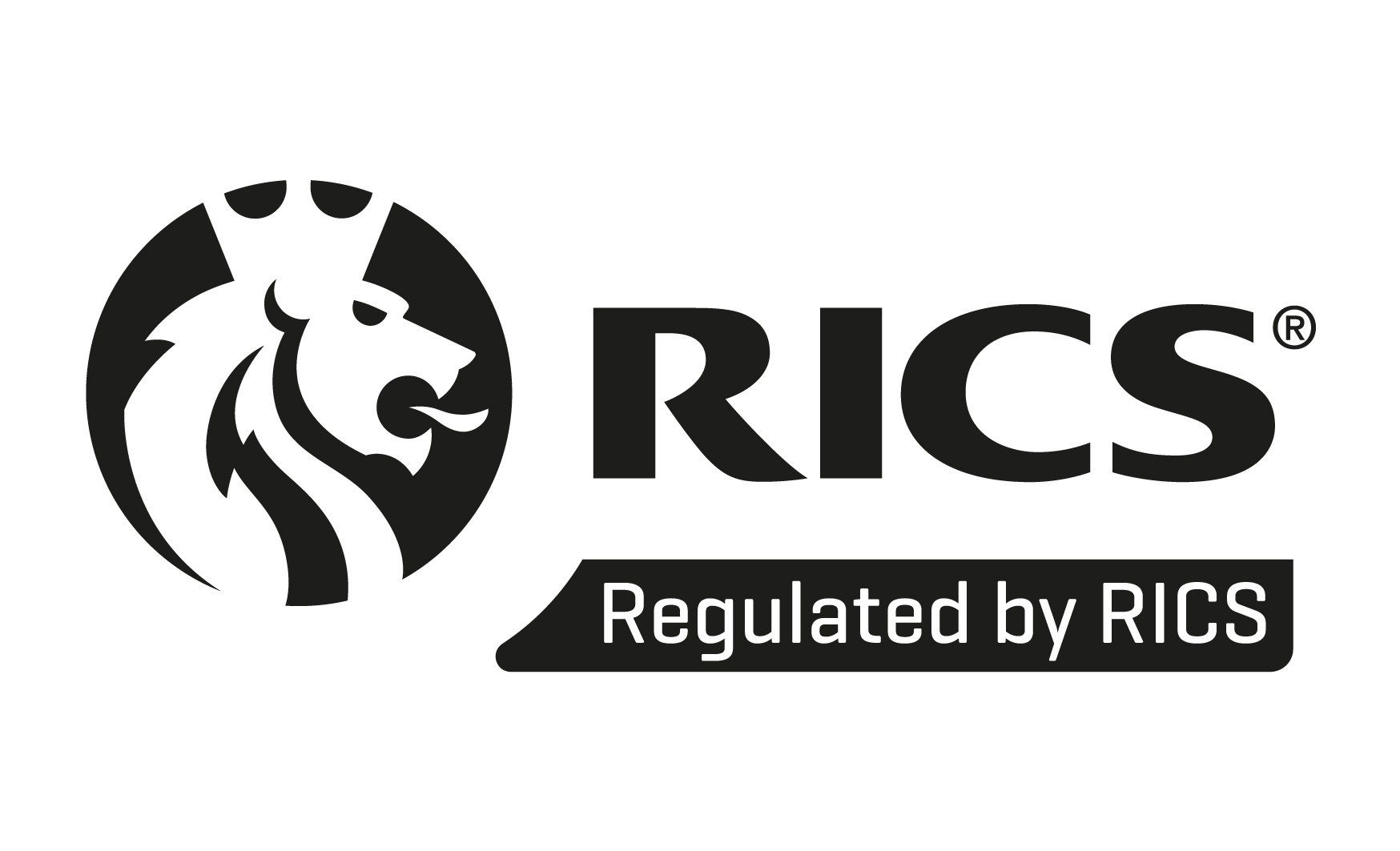
+44 01993 883 974
info@evenloderoadside.com
Evenlode Roadside is a trading name of:
Reese Procurement Limited
Registered Address
5 Minton Place
Victoria Road
Bicester, Oxon
OX26 6QB
